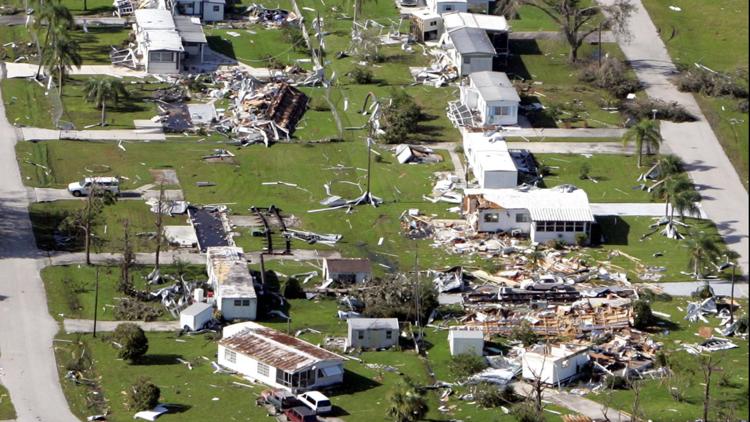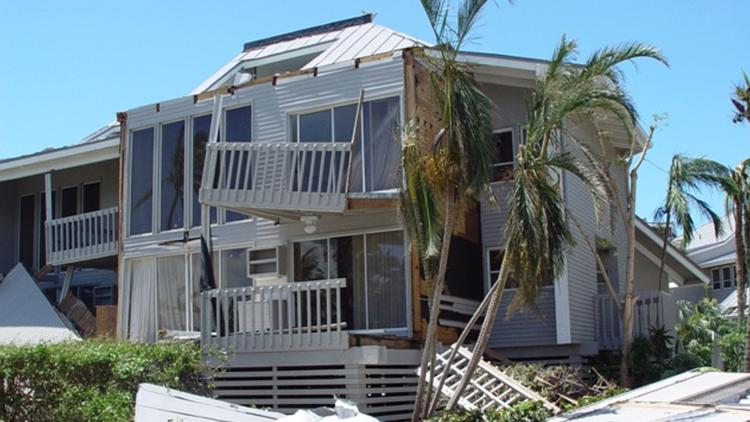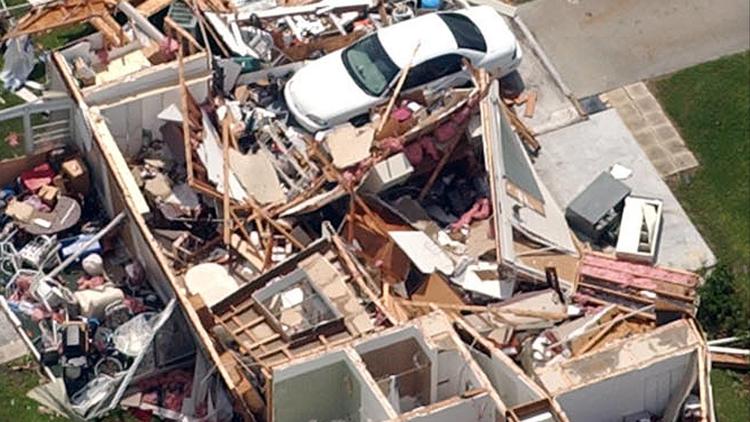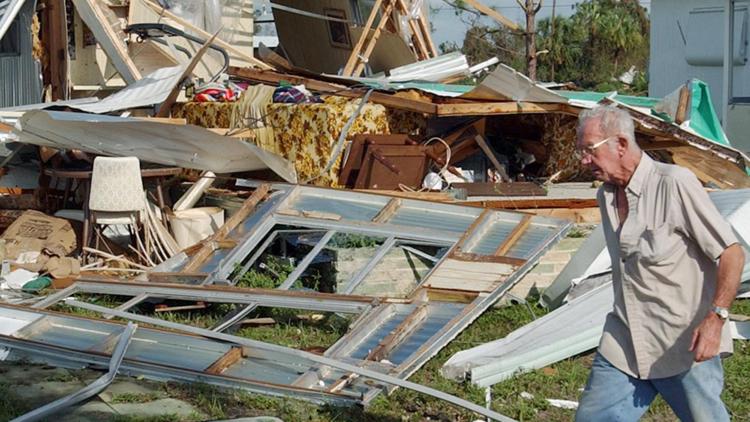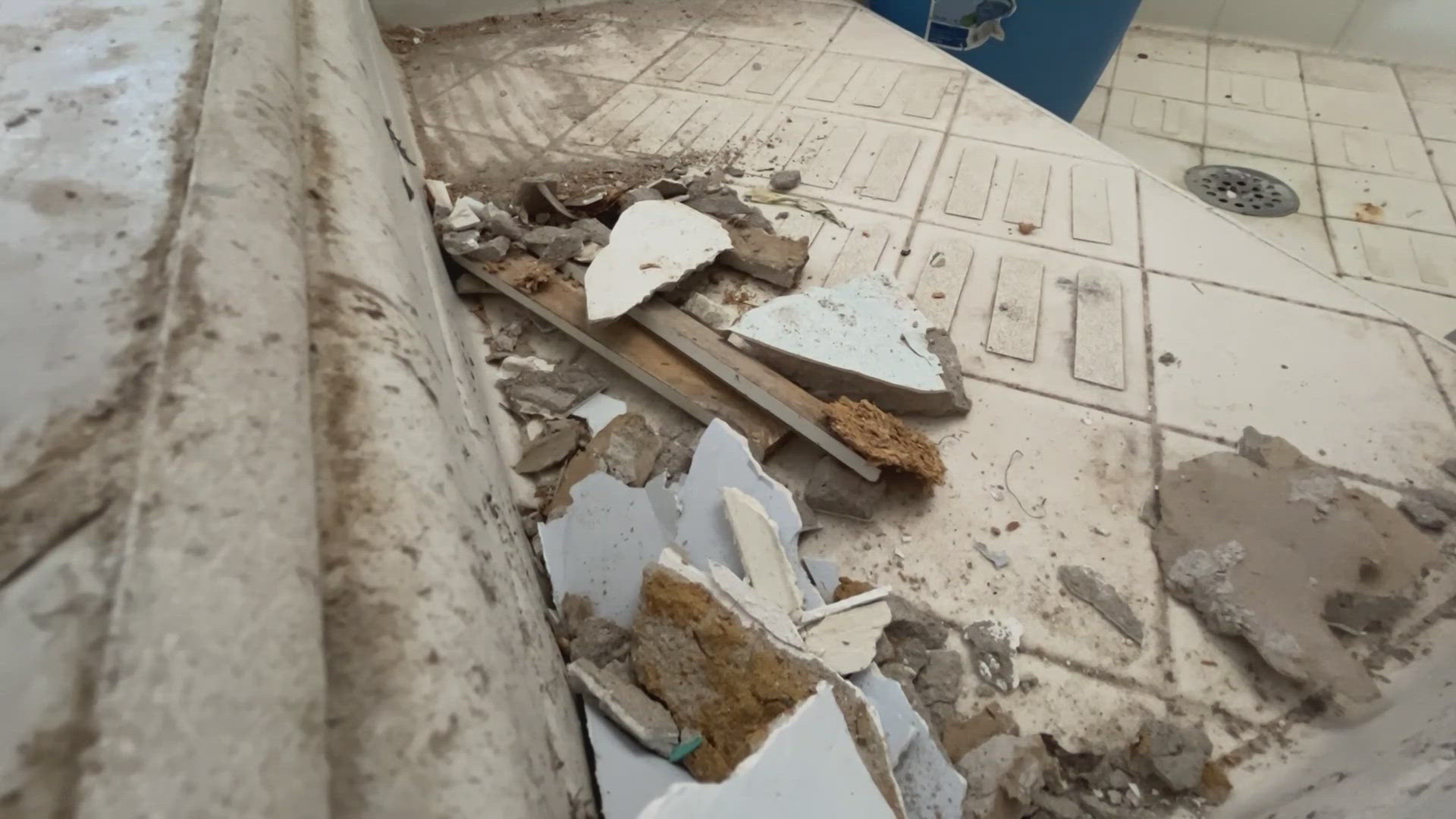TAMPA, Fla. — In August 2004, Hurricane Charley made landfall in Florida as a Category 4 storm, bringing heavy damage to houses and businesses, specifically in the southwest region of the state.
It first made landfall on Cayo Costa, a barrier island in southwest Florida just west of Fort Myers, before moving onshore of the mainland in Punta Gorda. The "small but powerful storm" caused 15 deaths in the United States, Cuba and Jamaica and more than $15 billion in U.S. damages, according to the National Weather Service.
Its maximum sustained winds were about 150 mph and ripped apart homes and businesses as it crossed the state barreling through numerous inland cities such as Arcadia, Zolfo Springs and Fort Meade. The National Weather Service said in a video that hurricane watches were announced for the entire west coast of Florida more than a day out from the storm and upgraded to warnings about 23 hours before landfall.
The maximum rainfall totals from gauges in Florida ranged up to a little over 5 inches but central Florida saw as high as 6-8 inches, according to a service assessment by the National Weather Service. The maximum storm surge was 6-7 feet on Sanibel and Estero Islands, and there were nine tornadoes reported, according to a tropical cyclone report by the National Hurricane Center.
Hurricane Charley: Pictures of the damage to southwest Florida
The majority of damage was within a 10-mile swath of the eye of the storm, weather staff said. In a preliminary storm survey, meteorologists said the most significant damage occurred in Lee, Charlotte, DeSoto, Hardee and Polk counties.
"Charley was the strongest hurricane to hit the United States since Andrew in 1992 and, although small in size, it caused catastrophic wind damage in Charlotte County, Florida," according to a National Hurricane Center report.
The 2004 Atlantic hurricane season was intense with four hurricanes that caused billions of dollars in damage each. Hurricane Frances was also a Category 4 storm that hit the state just over 10 days later. Charley was the third named storm, second hurricane and second major hurricane of the season.
It was initially expected to make landfall in the Tampa Bay area but deviated last minute, sparing the area from the worst of the storm.


